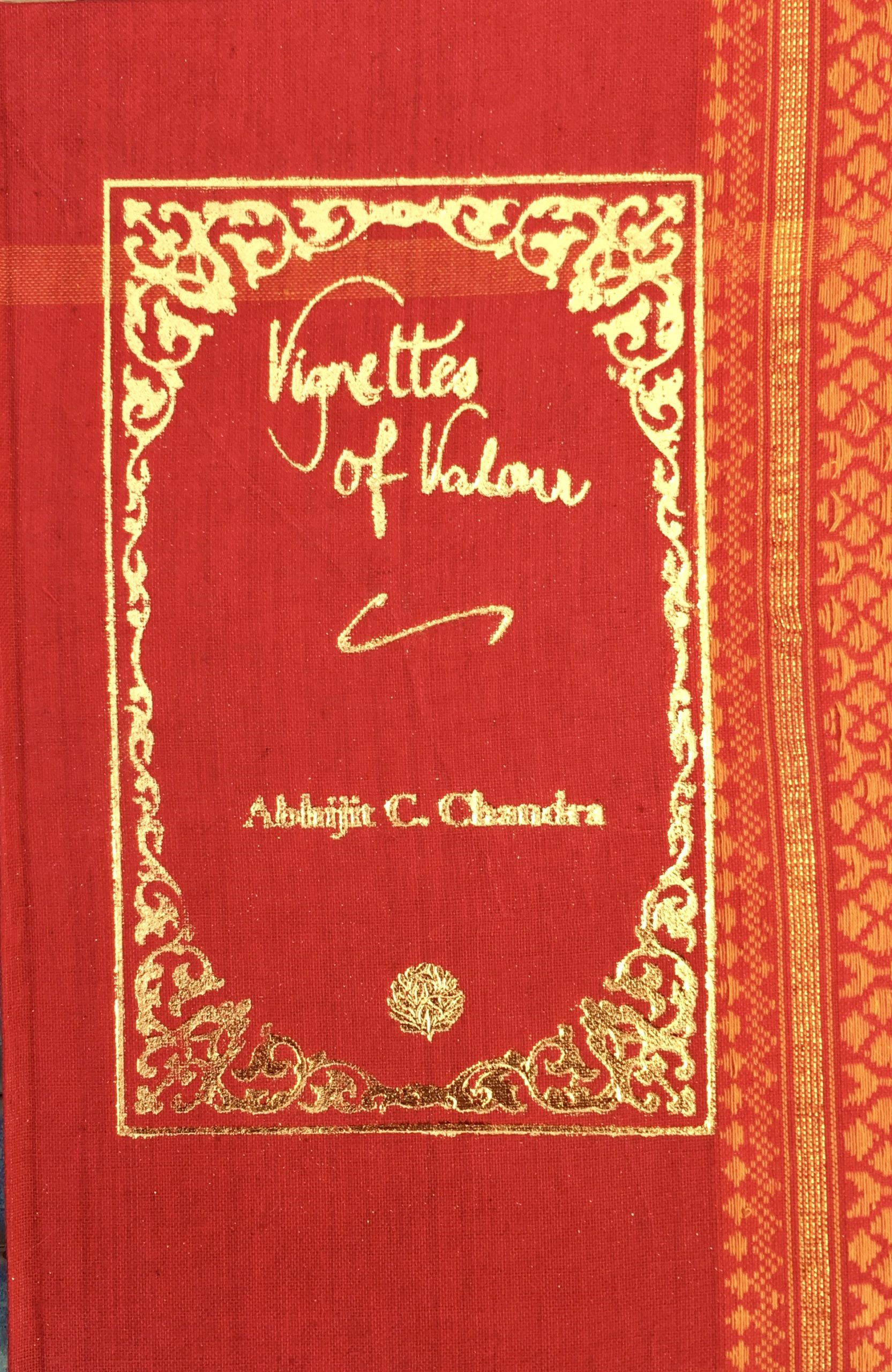
Abhijit C. Chandra
Reviewed by Col Anil Bhat, VSM (Retd)
FASCINATING STORIES OF INDIAN WAR HEROES
“Pataliputra rests each night in peaceful comfort, O King, secure in the belief that the distant borders of Magadha are inviolate and the interiors are safe and secure, thanks only to the Mauryan Army standing vigil with naked swords and eyes peeled for action, day and night, in weather fair and foul, all eight praharas, quite unmindful of personal discomfort and hardship, all through the year, year after year.” -Kautilya
Dedicating the book to officers and men of the Indian Army “ who made the supreme sacrifice in the line of duty”, the author begins his description of the book with this quote of Kautuilya, also known as Chanakya.
This statement by Kautilya is one which should be borne in mind by all Indians, particularly those involved in the nation’s security and more importantly, those in the decision- making process related to looking after all the necessary aspects of keeping the Armed Forces well equipped for the external threats that India faces.
Vignettes of Valour is a selection of reports filed by the author over about two decades and based on interviews with Armed Forces veterans, their kin and martyrs’ relatives. The book endeavours to portray some known and not so known incidents and matters out of many hundreds, which are India’s military history, which is indeed interwoven with the nation’s history, but which, ironically, is still not taught in schools. Teaching history is important, as lessons can be derived from it for the future and it also helps in development of national pride. Therefore, such books of true war stories are most welcome as they form the mosaic to compensate for the country’s untaught history.
The beautifully handbound handloom cotton cover by Talamiah Mohiuddin with gold lettering calligraphed by P. Lal’s Shaeffer’s calligraphy pen of the Writer’ Workshop slim hardback is a befitting tribute by the author and publisher to the valour and sacrifices of India’s Armed Forces. This compendium of fascinating and inspiring stories is the result of the author’s labour of love and regard for the armed forces in many wars since World War II (WW II, 1939-45).
The author, a media person, is described as one who has always been attracted to the coverage of extreme human experiences. His passion for the Army was kindled during his student days in Pune, where his school was situated within the expansive cantonment. Over the years, he found the honesty, simplicity, forthrightness, dedication to duty and sense of sacrifice of military officers most inspiring. In 1999, while he was a young journalist in New Delhi, the Kargil conflict left a lasting impression on his psyche.
The book takes the reader on a remarkable journey from WW II through the conflicts of 1962, 1965 and 1971 to Op Vijay (Kargil, 1999), an operation that witnessed daring young officers leading from the front and at great cost to life and limb vanquishing a well-entrenched enemy who had the tactical advantage of being well dug-in on steep sloped heights occupied months before the Indian Army reacted. Also well brought out is the sentiment that there cannot be any sacrifice more profound and poignant than martyrdom and no sorrow more painful and persistent than losing a doting father, a caring brother, a sensitive husband or a loving son to an enemy bullet.
The chapters of the book are: A Captain Remembers, Indian Samurai, A Befitting Reply, Higher than Everest, Lionheart, Disquiet on the Western Front, A Warrior’s Memoir, Assault on Hamewala, Sniper, The Snows of Siachen, An Extraordinary Battle, Urban Apocalypse, Son, Doctor, Officer, Martyr, Another Leonidas, From Point 4875 to Eternity, Letter from Kargil, Bajrang Post, The Guns of Khalubar, Officer and Gentleman, Point-blank, Spy Games, The Price of Liberty, Iron Fist in Velvet Glove and Service before Self. The titles give a fair idea of what the stories are about. The second storey, Indian Samurai, related by Air Vice Marshal Surendra Nath Goel covers three incidents. The first is about Goel himself, who on his own initiative, with his personal camera captured scenes of Aksai Chin then recently encroached by the Chinese while flying over Tibet in a Dakota aircraft and thereby providing proof to the government. The second was that during the 1965 Indo-Pak war, Pakistan Air Force dropped 84 bombs over Jodhpur air base, but not a single one damaged any aircraft or runaway. The third incident is about some Indian Air Force pilots, who, in 1965, after their aircraft got hit, managed to steer them into buildings in enemy territory.
While this book is of great interest to the forces, it can also be enjoyed by many others of all age -groups. |
